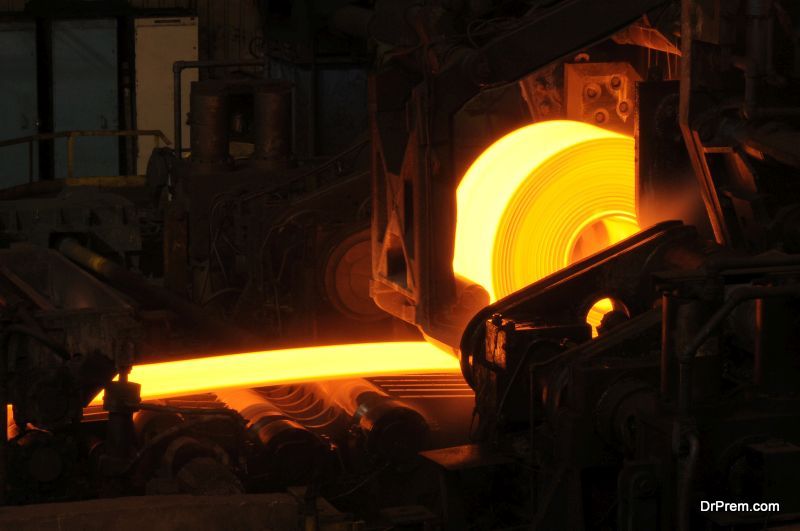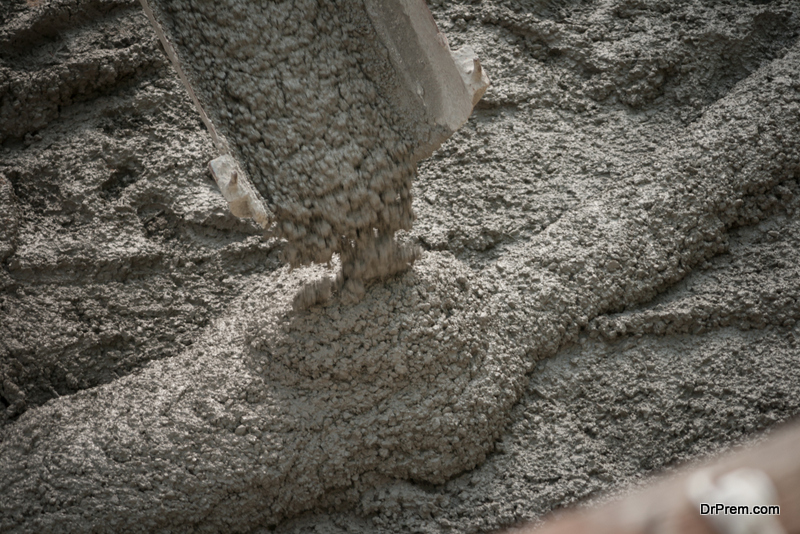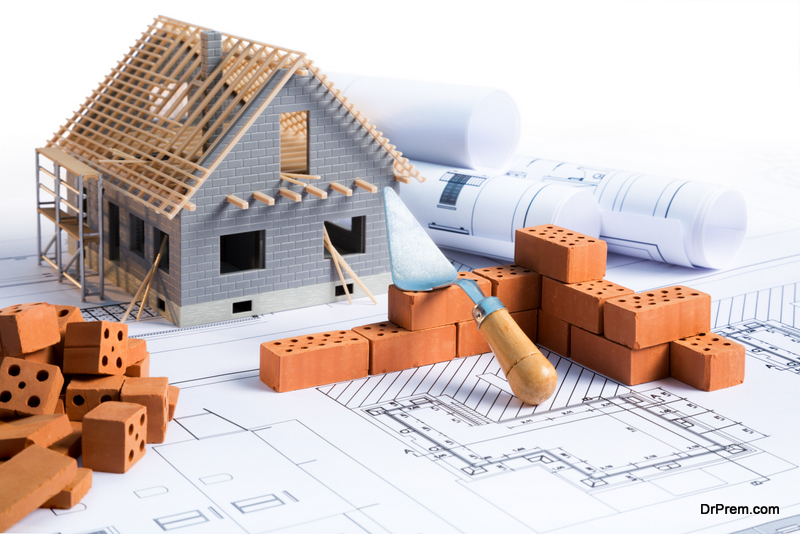Global warming has become a major concern in the world today. Stakeholders in the wood, steel and concrete industry are trying to understand and come up with solutions on how to help the situation. Each of these industries have a role to play to restore the environment. While all of these have negative impacts on the environment, some have more negative impacts over the others.
Impacts of Steel on the Environment
 Steel is a versatile building materials that can be recycled multiple times. In this aspect, it is friendly to the environment when compared to wood and concrete. In most cases wood cannot be recycled after its first use. Concrete will be crushed and it will be put into other uses such filling roadbeds. North America produces the most recycled steel.
Steel is a versatile building materials that can be recycled multiple times. In this aspect, it is friendly to the environment when compared to wood and concrete. In most cases wood cannot be recycled after its first use. Concrete will be crushed and it will be put into other uses such filling roadbeds. North America produces the most recycled steel.
Steel cannot be completely destroyed. If the metal was used in car parts, it can be used for making building materials after it is recycled. During recycling, it only requires a little addition of alloy. Steel is highly recyclable and it does not have any carbon foot print. However, during the transportation of the materials, the trucks will emit the carbon dioxide that has effects to the environment. These emissions are quite minimal but they definitely add up to global warming.
The Wood and the Environment
 Some people consider it as the most environmental friendly product. According to the proponents of wood, it is absolutely renewable since the trees can be planted again. The wood can be put into many uses. It can be used for small and big construction projects, such as industrial buildings. Thanks to technology, wood is now cross-laminated making it stronger and durable.
Some people consider it as the most environmental friendly product. According to the proponents of wood, it is absolutely renewable since the trees can be planted again. The wood can be put into many uses. It can be used for small and big construction projects, such as industrial buildings. Thanks to technology, wood is now cross-laminated making it stronger and durable.
The benefits of wood are vast. It stores carbon and produces oxygen when left standing as a tree. The University of British Columbia is currently constructing an 18 floor residential building made from wood. A 35 floor all wood building is being constructed in Paris, France. After its first use wood is usually discarded, although it can be put into another use.
Concrete, Cement and the Environment
 Other than water, concrete is the most common construction material on earth. It is the least environmental friendly product. The most carbon footprint is emitted from the production of cement which is the biggest component of concrete.
Other than water, concrete is the most common construction material on earth. It is the least environmental friendly product. The most carbon footprint is emitted from the production of cement which is the biggest component of concrete.
Although, research is underway to find an alternative to cement, this alternative may not be welcome. The construction industry has developed faith in the construction strength of cement. They fear that the alternative might be acidic and will not work well with the steel bars used for reinforcements.
The Global Partnerships
These three industries are teaming up to find a solution by creating a hybrid technology. In the efforts of finding a solution, a construction of about 100 to 120 storey buildings are being constructed with wood vs. concrete and steel vs. concrete.
Adopt the Environmental Friendly SIPS for Construction
SIPS are efficient in maintaining thermal energy. Concrete buildings have undesirable carbon footprints. The advantage of using concrete is that they are fire and flood proof. To make steps toward saving the environment, you can use concrete on the outer walls and use SIPS for the roofing. SIPS are effective for trapping the heat thus preventing global warming. Adopting this construction approach will help save the environment in a big way.
Article Submitted By Community Writer



